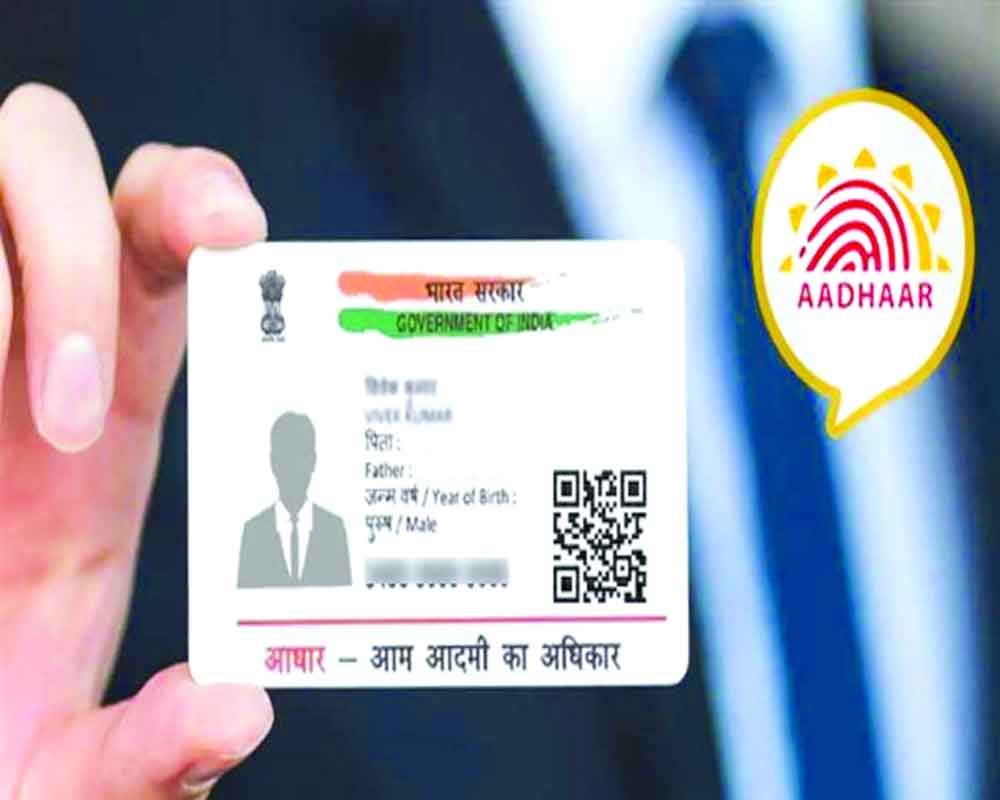Aadhar occupies place of eminence in KYC update documents, but its anomalies give citizens a harrowing experience
There is only one thing that is more dangerous than doing something without fully knowing its implication. And that one thing is doing something without knowing fully the implications and yet defending it. In the second case, the danger is of half-baked competencies at work.
The job gets done, because with the apparatus and systems, all the superficial skills are there, and the implementation of the decision becomes a logical flow. In the chain reaction that is triggered, the doer himself knew only the techniques and operated it without understanding the full implications of the action. The others in the team only did their bit to keep it going.
Yet, as an upshot, undesirable results emerged. This happens very often in governance and in certain related domains. Any action should be undertaken only when the complete implications of that action are understood, to the extent possible.
When the Aadhar card was introduced into the system more than a decade ago, it was portrayed as a harmless and welcome intervention in the process of establishing identity. Gradually, the instrument grew larger and larger in its significance. It grew from being innocuous to becoming essential in many ways and acts. Gradually, not only did governmental circles and quasi-independent institutions start using it, but the interloper in the form of the private sector too appeared. In a distant way, Aadhar tended to become the equivalent of a social security identity in certain countries. Matters reached a head where the courts had to intervene.
The rollercoaster ride of reference to and use of Aadhar was stymied. That may be another story. Closer to the narrative is the fact that, throughout, Aadhar found a critical pride of place in many situations, including KYC (Know Your Customer) efforts. Slowly, there was an attempt to sanitise various systems with KYC. Nothing wrong with that either. The problem, however, was elsewhere. KYC became a double-edged sword. The enterprising individuals reportedly found ways of having more than one Aadhar card. Predictably, this was both identified and tracked. The problem was contained. However, some thought that some damage had been done. The magic of the instrument of the Aadhar card started to receive a shadow on the side.
However, along with the PAN card, ‘establishment of identity’ became a common requirement. And, as it happens often in the case of overkill, in certain cases, the claims of Aadhar and PAN cards as identity symbols still needed to be supplemented. Here, the Voters cards surfaced. In some cases, even the Passport document was dug out from its usual recalcitrant position in domestic matters, and occupied the pride of place in identity documents.
Put simply, institutions such as the DGCA took a fancy to the Passport as an identity proof. So the citizen, with all his humility, was on the road to collecting identities: Aadhar, PAN, Passport, Voter cards, et all. The list continues to grow. Some agencies wanted the electricity bill as proof of identity and residence. Others wanted the Municipal Corporation Tax Receipt, and so the search for identity items grew larger, as the choices widened.
In fact, as the wise crack once said “there is nothing wrong with anything if you are not affected”. Like the story of Betal, the identity story of documents and evidence almost never ends. There were spelling errors in names and cases of mixed up identities of lanes with common house numbers. One could have the right block and number, but say the name South City in a town could become the ‘Water Colony’ of the same town. The error was innocent and unintended, but the citizen had to pay the price. He had to work very hard to get the system to get it right
He was supposed to first identify the error and then track it to where it originated in the system. These efforts were stressful and none of them could be set right at one place. A number of people refused to help to sort it out, because they did not want to be ‘dragged in’.
Nevertheless, the system continued to chug along relentlessly. This kind of being ‘protective’ to the system needs a thorough review. It cannot be anybody’s case that the ineligible should be pandered to. But equally it should not be anybody’s case that harassment, endless at that, must be supported in the name of ‘protecting’ the system. There are many dangers which start surfacing when this happens.
Of them, the biggest is the impunity with which the nondescript misuses the confusing elements in a system to get ‘away with the booty,’ He would be pretending to be the aggrieved party, while he was actually exploiting the system. Few things are sadder than legitimate cases being lost because of the convolutions in the system.
(The author is a member of advisory committee of Ministry of Shipping)


























